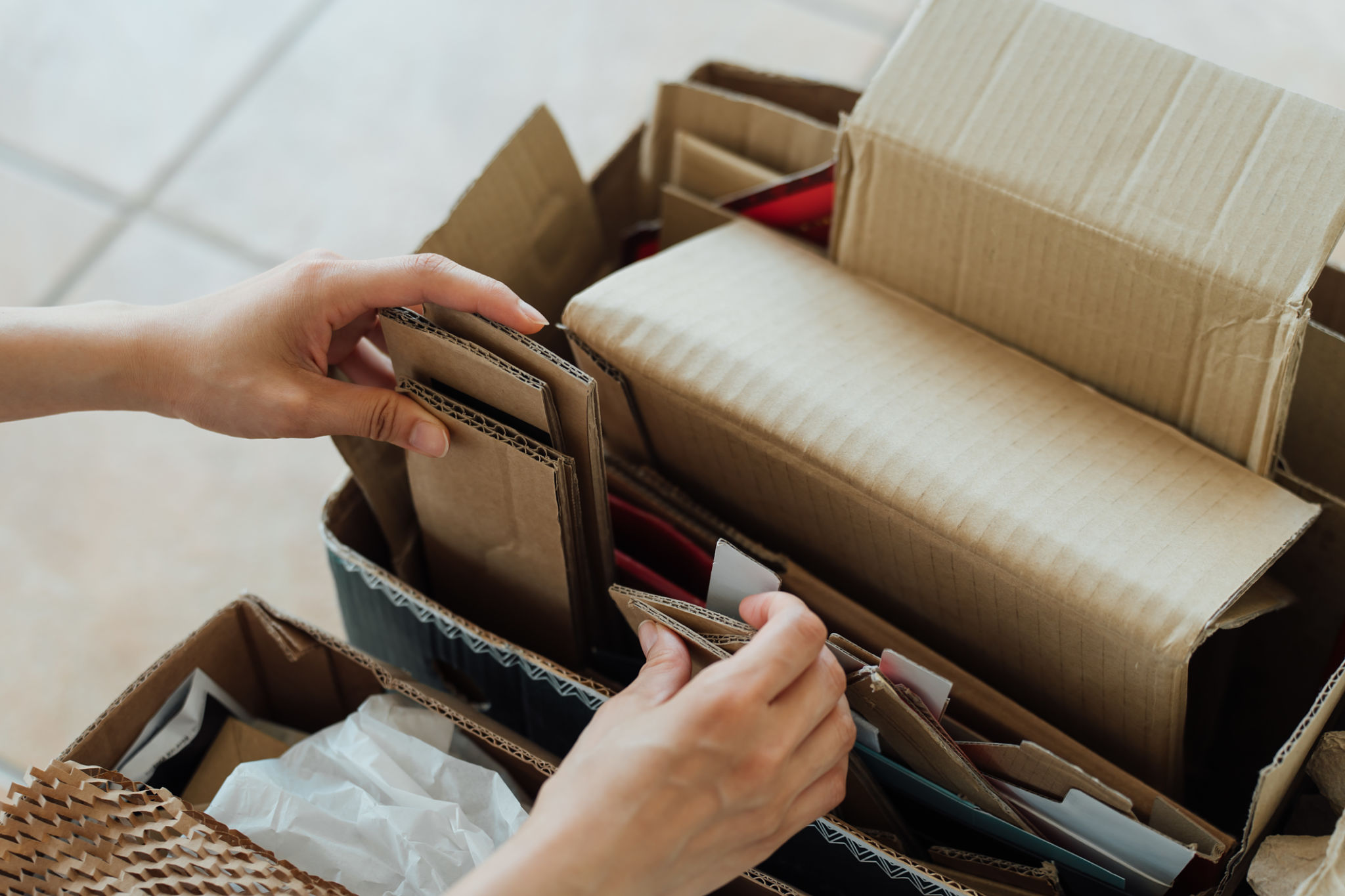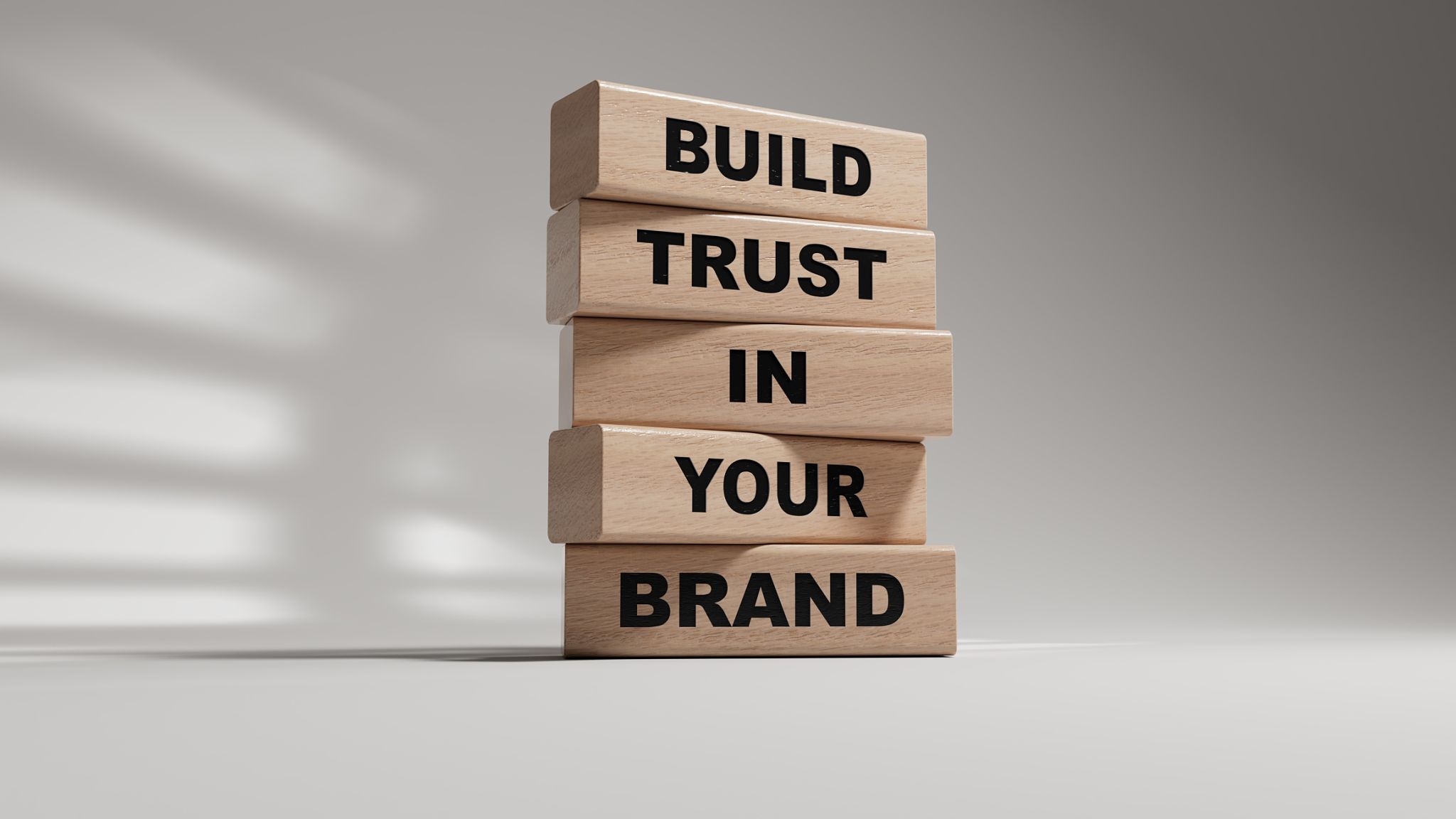Expert Tips for Choosing the Right Reusable Packaging for Your Business
Understanding the Importance of Reusable Packaging
In today's environmentally conscious market, businesses are increasingly turning to reusable packaging as a sustainable solution. Reusable packaging not only reduces waste but also enhances brand reputation and can lead to cost savings in the long term. Choosing the right type of reusable packaging is crucial for maximizing these benefits.

Assessing Your Business Needs
The first step in selecting the right reusable packaging is to clearly understand your business needs. Consider the nature of your products and the logistics involved in delivering them. Are your products fragile or temperature-sensitive? Do they need special handling? Answering these questions will help you determine the most suitable packaging options.
Types of Reusable Packaging
There are various types of reusable packaging available, each with its own advantages. Some common options include:
- Plastic crates: Durable and versatile, ideal for transporting a wide range of products.
- Metal containers: Robust and often used for heavier or bulkier items.
- Fabric bags: Lightweight and flexible, perfect for smaller or lightweight goods.

Evaluating Material Durability
When choosing reusable packaging, it's essential to evaluate the durability of the materials. The longevity of the packaging will impact both your costs and environmental footprint. Opt for materials that can withstand multiple uses without degrading in quality. This ensures that your investment pays off over time.
Ensuring Ease of Use
Another critical factor is the ease of use of the packaging. Efficient packaging should be easy to assemble, fill, seal, and transport. This will help streamline operations and reduce labor costs. Additionally, consider how customers will interact with the packaging to enhance their overall experience with your brand.
Considering Design and Branding Opportunities
Reusable packaging offers an excellent opportunity to reinforce your brand identity. Choose designs that reflect your brand's aesthetics and values. Incorporate logos or colors that make your packaging recognizable and memorable. This not only strengthens brand loyalty but also serves as a marketing tool.

Cost Analysis and Return on Investment
While initial costs for reusable packaging might be higher than disposable options, it's vital to conduct a thorough cost analysis. Calculate the potential savings from reduced waste disposal fees and lower purchasing frequency. A well-planned investment in reusable packaging can significantly enhance your bottom line over time.
Environmental Impact and Sustainability
The environmental impact of reusable packaging is one of its most significant advantages. By reducing reliance on single-use materials, your business can decrease its carbon footprint. This not only meets consumer demand for sustainable practices but also aligns with regulatory requirements aimed at protecting the environment.
Partnering with Reliable Suppliers
Finally, it's crucial to partner with reliable suppliers who offer high-quality reusable packaging solutions. Look for suppliers with a proven track record in sustainability and customer service. A good supplier will provide guidance on selecting the right products for your specific needs and ensure timely delivery.

